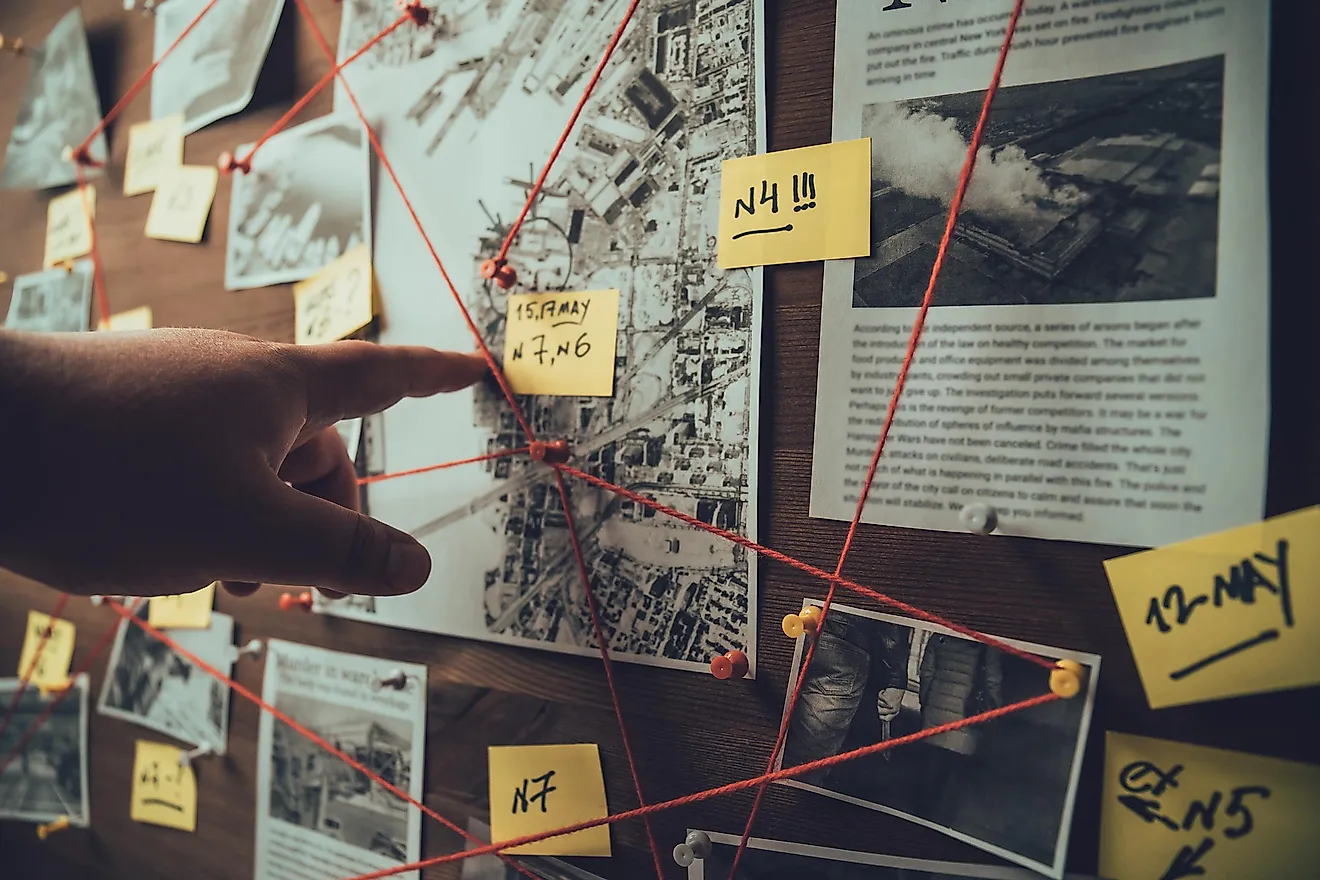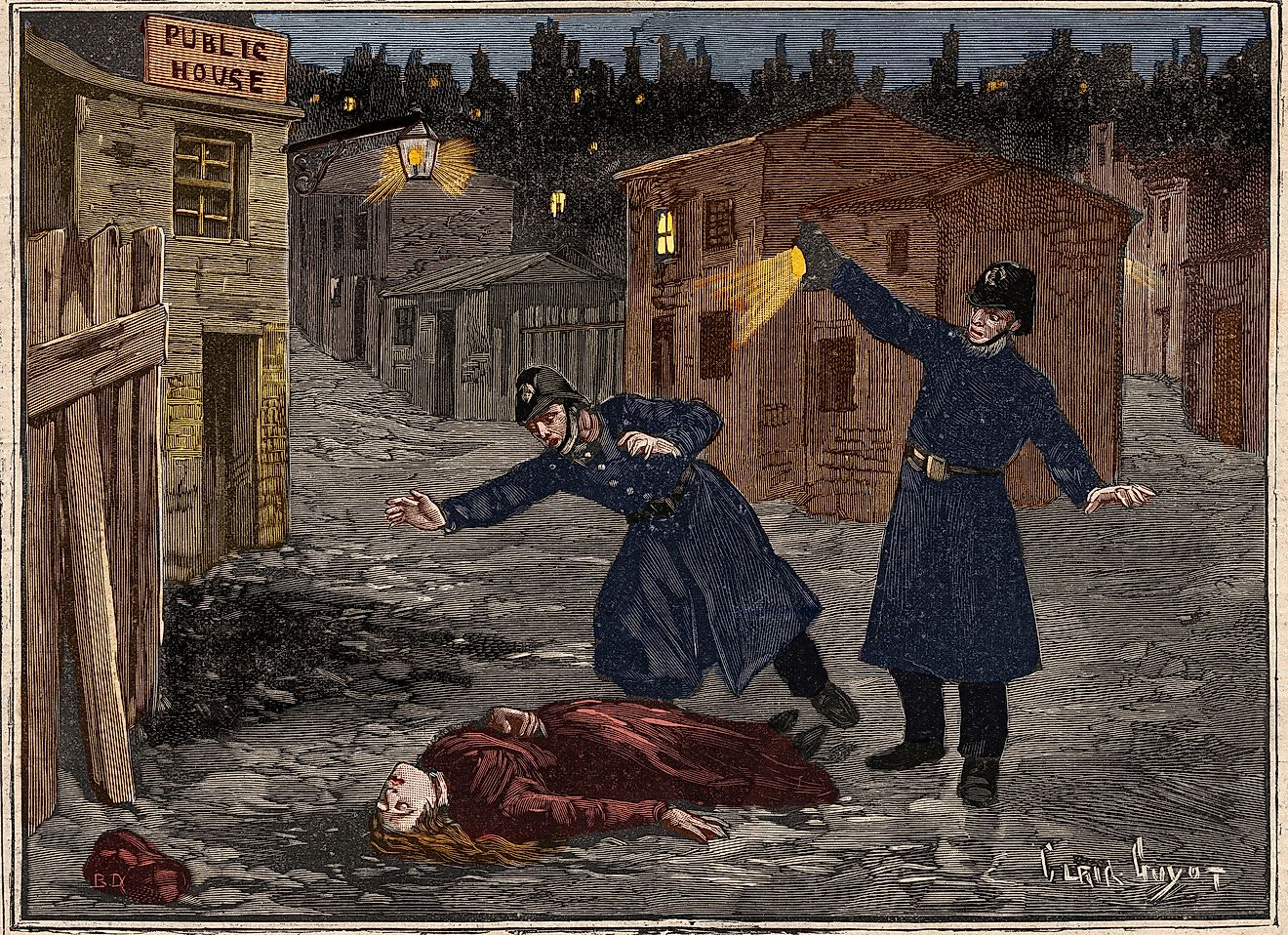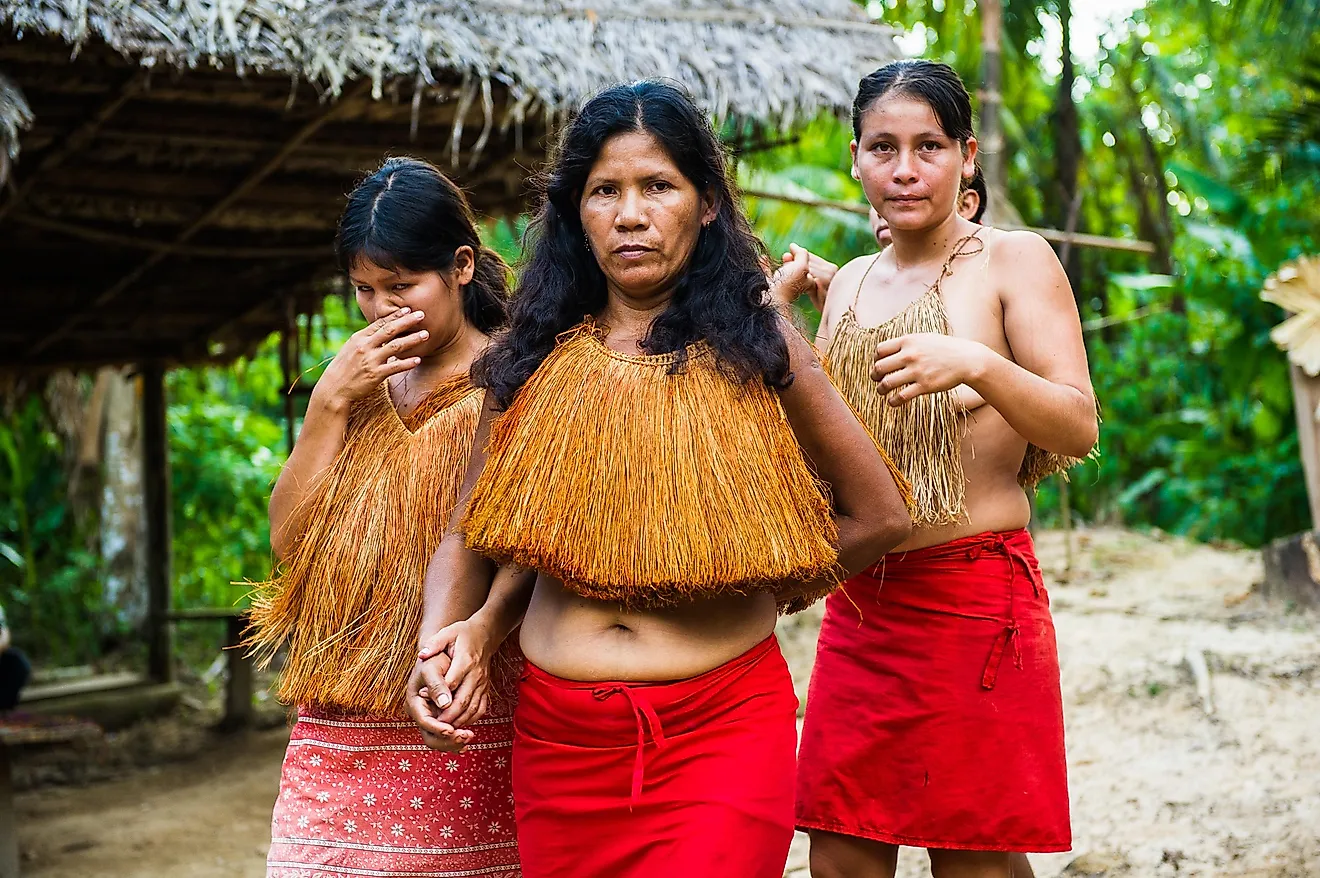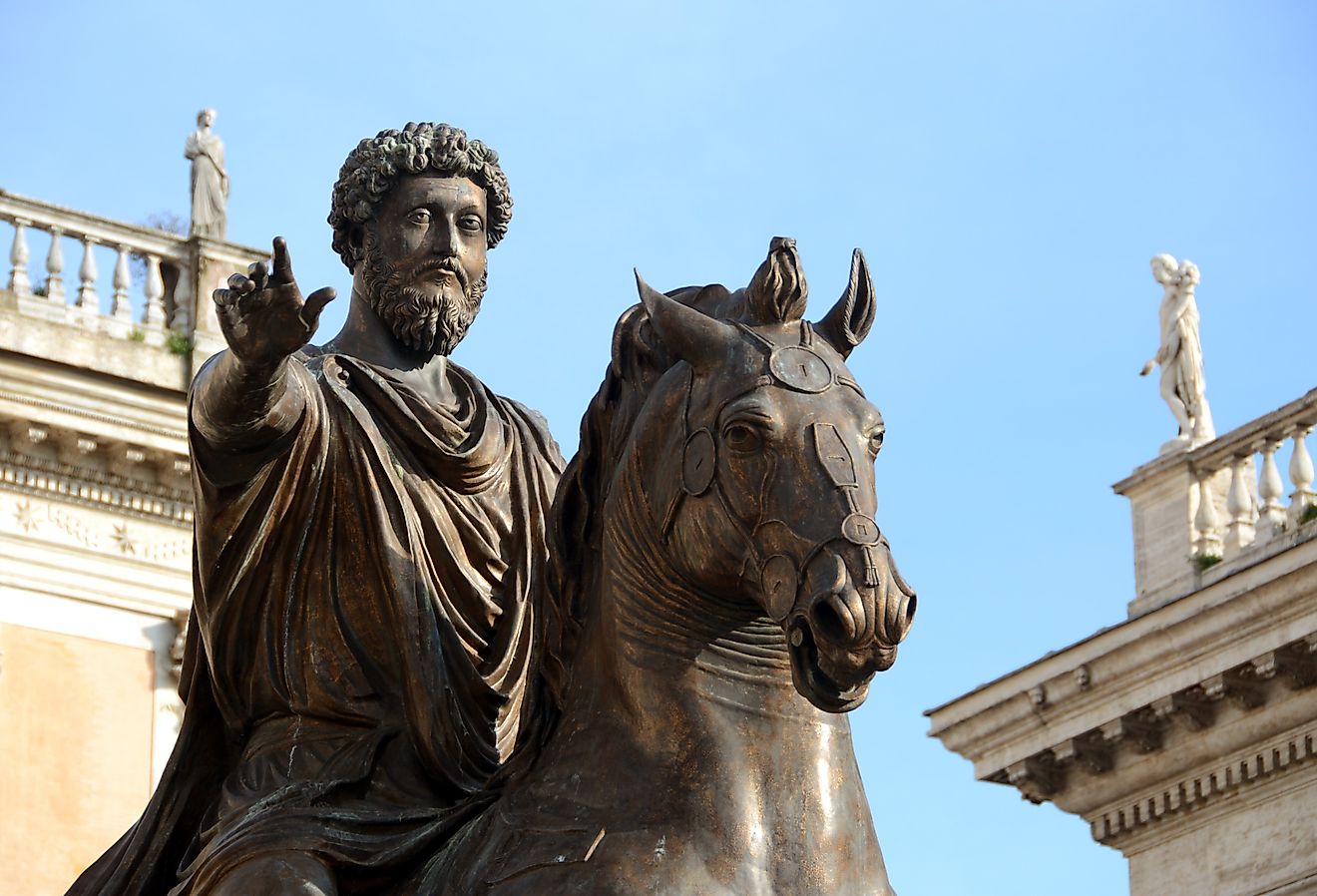Centralia - Ghost Town Of The Pennsylvania Coal Country

5. Description
With a population of around 1,000 residents in 1981, Centralia in Columbia County in the U.S. state of Pennsylvania, has currently been reduced to the status of a near ghost town a result of a devastating mine fire that has been burning underneath the grounds of this town since 1962. The area in and around Centralia was originally home to indigenous Indian tribes who in 1749, handed over the ownership rights of the area to the colonial agents. Discovering the presence of anthracite coal in the region, coal mines began to be constructed at the site starting from 1856. Soon a large and thriving community of miners started settling in the area and a mining engineer of the Locust Mountain Coal and Iron Company, Alexander Rae, assigned the name of Centralia to the town. Coal mining thrived in the area till the 1960’s when many of the mines were shut down. It was also during this time that a devastating underground fire broke out in the abandoned coal mines beneath the town and also spread out over large areas and to other villages nearby. Certain non-fatal accidents and experiences of the town’s citizens raised fear among the masses, forcing people to abandon the town in search of a safer place.
4. Tourism and Media
Though nearly completed deserted, Centralia still attracts a number of tourists to this town who tour its abandoned remains sitting atop an underground furnace. While most of the houses have been demolished here those that remain reminds visitors of the town’s happy past. The Assumption of the Blessed Virgin Mary Ukrainian Greek-Catholic Church is one of the prettiest sights in the town, lying above a hill, and still in operation. Other attractions in the town include the Veteran’s Memorial, the Time Capsule and the Graffiti Highway. Signs of danger in the town warn tourists about the underground fire, unstable grounds, and carbon monoxide seepage. The long and interesting history of the town and its burning fires have also captured the media attention and many print publications, websites, blogs on travel and history, have depicted Centralia in their accounts. The 2007 documentary “The Town That Was” is based on the history of Centralia. The Travel Channel has also depicted the story of the town in their series America Declassified in 2013.
3. Uniqueness
The town of Centralia is unique in every way possible. There are very few known places in the world where the ground beneath hosts a raging fire. The town’s streets are extremely susceptible to crumbling down under the influence of the fiery furnace underneath. Toxic gases seep out of vents and cracks in the earth here (pictured above). The unique history of the place represents the perfect example of how a bustling town can turn into a ghost-town within the span of only a few decades.
2. Habitat
The town of Centralia is currently almost completely devoid of human life. With majority of the buildings demolished, the other man-made structures that remain are being overtaken by nature with brushes and trees cropping up everywhere. The roads of the town also do not receive any traffic and some have developed cracks due to the influence of the underground heat. Graffiti covers many of the roads of this town signifying that the roads are completely out of business. At certain points in the town, deadly fumes can be seen seeping out from vents on the ground, evidence of the fire below.
1. Threats
For decades, there were several attempts made to stop the underground coal mine fire in Centralia but even with help from the federal government, the fire could not be brought under control. Thus, the efforts were finally stopped and in 1992, the government declared the town as unlivable, and officially condemned it. Most of the buildings were bull-dozed down and their occupants relocated to safer destinations. Signs of hazard remind all who attempt to visit the town about the dangers underneath. Yet, despite the warnings, many people including teenagers cross the safe limits to enter the town, exploring its fiery past.











